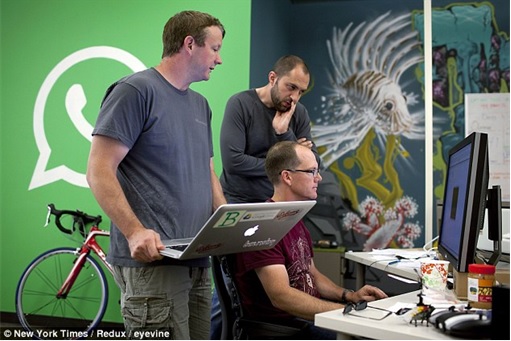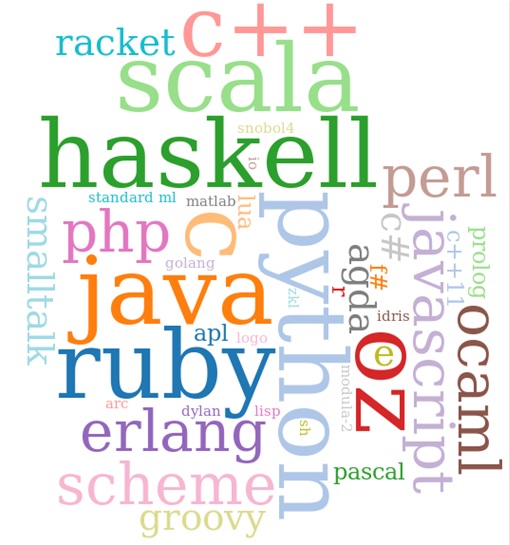Zuckerberg bought mobile-messaging application WhatsApp Inc. last year October for a whopping US$22 billion. But everyone said he was a sucker considering the startup only generated US$10.2 million in revenue last year, not to mention generated a net loss of US$138.1 million a year earlier in 2013.
Earlier this month, WhatsApp CEO Jan Koum announced that WhatsApp has more than 900 million users. Essentially, Mark Zuckerberg owns an empire where its flagship Facebook has more than 1.5 billion users and Facebook Messenger with 700 million, on top of WhatsApp. This speaks volumes how influential Zuckerberg’s three major mobile applications are.
Astonishingly, when Facebook acquired WhatsApp, it had merely 35 engineers managing a pool of 450 million users, already an impressive milestone nevertheless. That was roughly 1 engineer to 12.8 million users ratio. Today, it has doubled the users but the engineer’s employment has increased slightly to 50 only. That’s a jaw-dropping 1:18,000,000 ratios of engineers to users.
Besides attracted to its large pool of users prior to the acquisition, Zuckerberg might have been equally impressed by its low footprint in engineering work. So, how does WhatsApp manage to do such an unbelievable task? You may not have heard of this, but WhatsApp’s service is built using a programming language called “Erlang”.
Originally designed by Ericsson, the proprietary language was aimed to support distributed, fault-tolerant and high available applications of telephony applications. It supports hot swapping, thus source code can be changed and deployed without stopping a system. In layman, Erlang is used by Ericsson for use with high-speed phone networks.
Besides Erlang, WhatsApp uses operating system called FreeBSD, a free UNIX-like OS. But it doesn’t stop there. To fight spamming, WhatsApp uses another rarely heard programming language for identifying malicious messages called “Haskell”. As the purest functional programming language, it is ideally suited for proprietary business logic and data analysis.
So, does that mean you must know Erlang and Haskell before applying for jobs at WhatsApp? Not necessarily, because WhatsApp recruiting strategy is to find the best and brightest engineers. Once you can convince them you’re smart enough, you’ll given the first week to get familiar with the language.
And since you’re really smart, or managed to convince WhatsApp that you’re smart, you should be able to learn the language without much problems. The company expect you to focus on what you need to do and deliver. Fortunately, there’s almost no meeting in WhatsApp, something which technical geeks love very much.
Other Articles That May Interest You …
- Bersih 4.0 Rally – Here’s Your Survival Kit Checklist
- Beware!! Facebook Can Tell If You’re A “Narcissist” Or “Insecure”
- Finally, You Can Save Some Money With Free WhatsApp Voice Calls
- Revealed – Why Facebook Mark Zuckerberg Wears The Same Shirt Every Day
- Security Tips From Edward Snowden – Get Rid Of Facebook, Google & Dropbox
- Be Afraid, Be Very Afraid – Google Can Read Your Emails, And Remind You To Pay Bills
- Here’re 10 Fabulous & Cool Google Capabilities That You May Not Know

|
|
September 15th, 2015 by financetwitter
|


|

|

|

|

|

|
































This is a topic that’s near to my heart… Thank you! Exactly where are your contact details though.